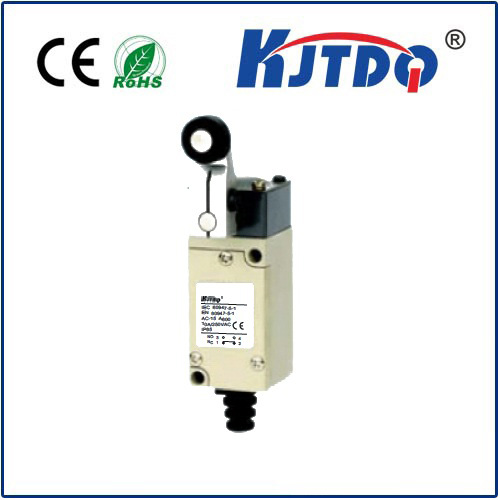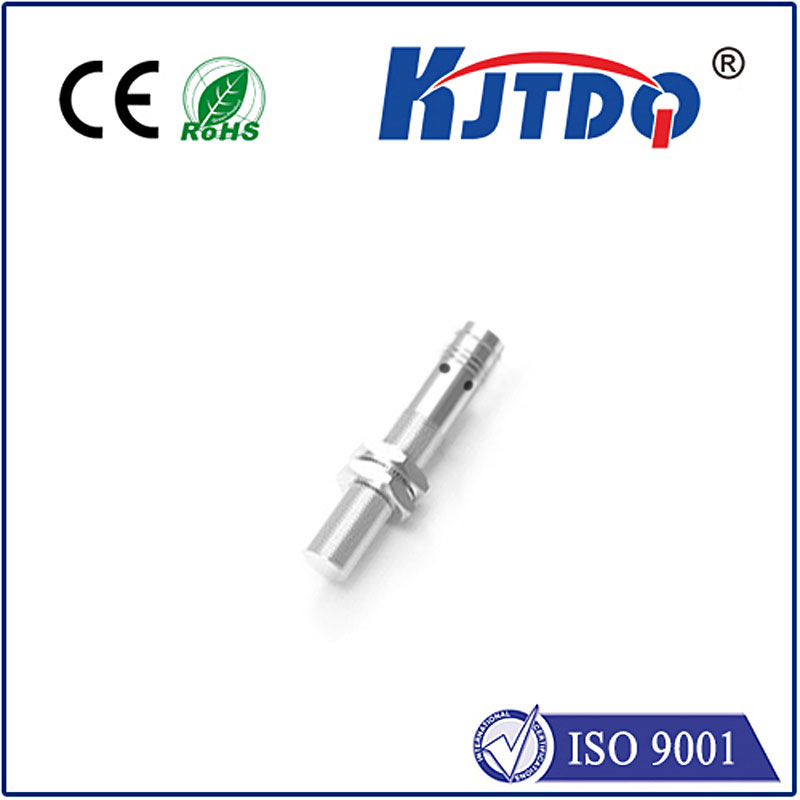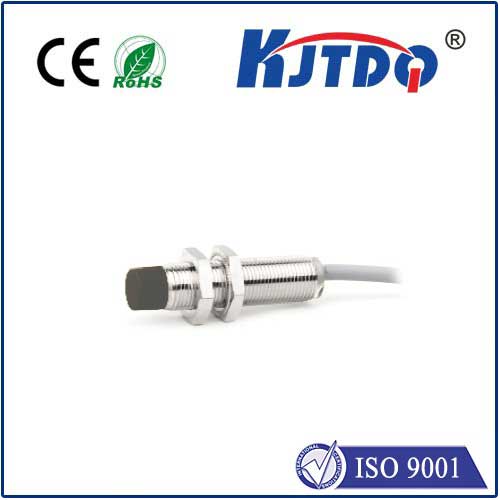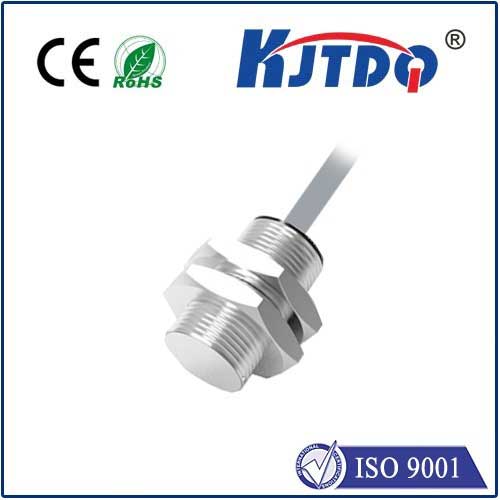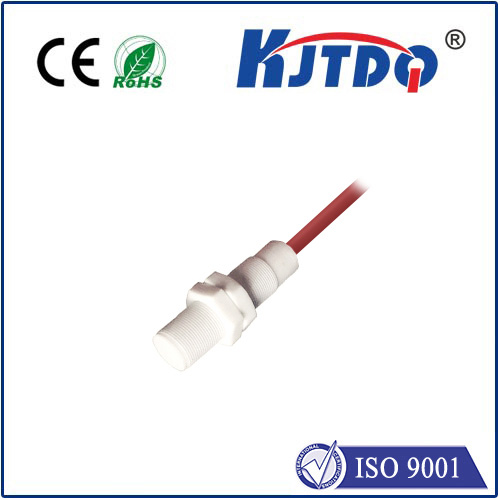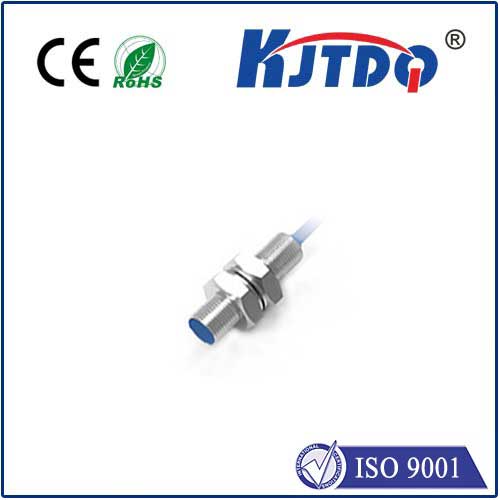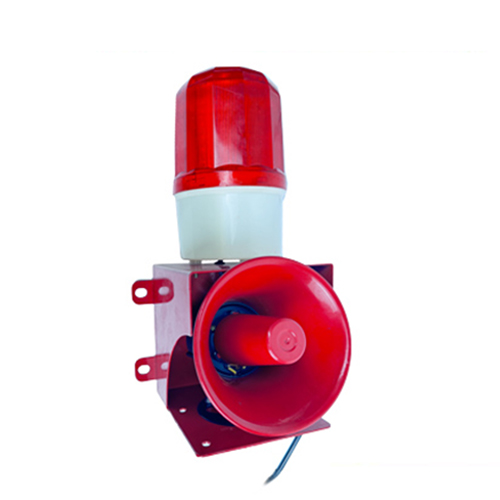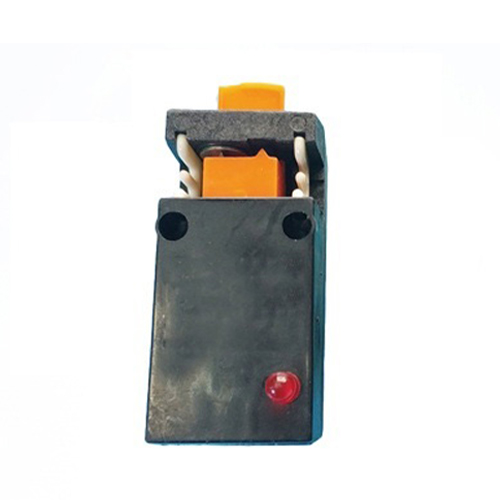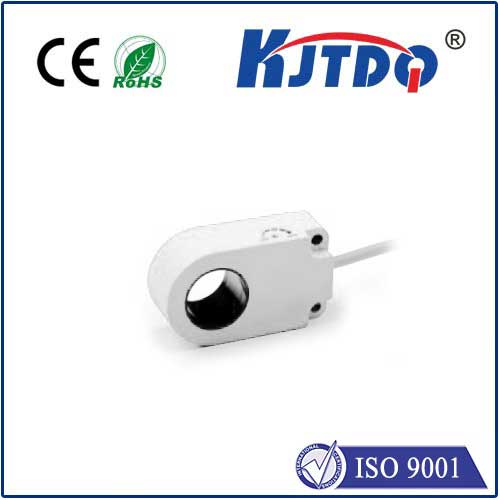temperature device
- time:2025-08-20 04:25:45
- Click:0
The Essential Guide to Temperature Monitoring Devices in Modern Applications
Temperature. It’s a fundamental physical property impacting virtually every facet of our existence, from brewing the perfect cup of coffee to safeguarding life-saving vaccines or ensuring industrial processes run safely and efficiently. Accurately measuring this ubiquitous variable is where temperature monitoring devices become indispensable. This guide delves into the world of these crucial instruments, exploring their types, principles, and the vast array of applications where precise temperature data is non-negotiable.
Understanding the Core: What Are Temperature Devices?
At their essence, temperature sensors and monitoring devices are tools designed to detect thermal energy and convert it into a readable signal or output, typically in degrees Celsius (°C), Fahrenheit (°F), or Kelvin (K). They range from incredibly simple, like the liquid-in-glass thermometer adorning your wall, to highly complex, wireless, Internet-of-Things (IoT) enabled systems logging data across continents.
The Diverse Toolkit: Common Types of Temperature Sensors

The technology behind temperature measurement varies significantly, tailored to specific needs for accuracy, range, response time, and environment:
- Thermocouples: Among the most widely used industrial sensors. They work on the principle that joining two dissimilar metals creates a voltage proportional to the temperature difference between the junction and the reference point. Rugged, relatively inexpensive, and capable of measuring extremely high temperatures (up to 2300°C), they are ideal for furnaces, engines, and heavy machinery. However, they can be less accurate than other types and require careful calibration.
- Resistance Temperature Detectors (RTDs): Known for their high accuracy and stability, RTD probes rely on the predictable change in electrical resistance of pure metals (like platinum, nickel, or copper) with temperature. Platinum RTDs (Pt100, Pt1000) are the gold standard for precision applications in laboratories, pharmaceutical manufacturing, and process control, though they are generally more expensive and have a narrower temperature range than thermocouples.
- Thermistors: These semiconductor devices exhibit a large, predictable change in resistance with temperature. Negative Temperature Coefficient (NTC) thermistors are common, where resistance decreases as temperature increases. They offer high sensitivity within their specific temperature range (typically -100°C to 300°C), making them excellent for medical thermometers, automotive applications (like coolant temperature), and consumer electronics. They are cost-effective but can be less linear than RTDs.
- Infrared (IR) Thermometers and Thermal Cameras: These non-contact temperature sensors detect the infrared radiation emitted by an object’s surface. They are ideal for measuring moving objects, hazardous materials, or hard-to-reach areas without physical contact. Thermal imaging cameras create visual heat maps, invaluable for electrical inspections, building diagnostics (identifying heat leaks), and predictive maintenance. Accuracy depends on surface emissivity and distance.
- Bimetal Thermometers: Utilizing the different expansion rates of two bonded metal strips, these mechanical devices cause a pointer to move across a dial. Simple, robust, and requiring no power, they are often used for local indication on tanks, pipelines, and HVAC systems.
- Liquid-in-Glass Thermometers: The classic design relies on the thermal expansion of a liquid (like mercury or alcohol) within a sealed glass tube. While still used in some settings, they are increasingly replaced by digital alternatives due to safety concerns (mercury) and limitations in remote monitoring.
Beyond the Sensor: The Ecosystem of Temperature Monitoring
Modern temperature monitoring rarely involves just a sensor. It’s an integrated ecosystem:
- Transmitters: Convert the raw sensor signal (e.g., millivolts from a thermocouple, ohms from an RTD) into a standardized output (like 4-20mA current loops or digital protocols like Modbus or HART) suitable for longer-distance transmission to control systems.
- Controllers and Recorders: Receive the temperature signal and compare it to a setpoint. Contlers adjust outputs (e.g., turn heaters/coolers on/off) to maintain the desired temperature. Data loggers store temperature readings over time for analysis and compliance reporting, critical for cold chain logistics and food safety.
- Connectivity (IoT): Smart temperature sensors integrate wireless modules (Wi-Fi, Bluetooth, LoRaWAN, Cellular) enabling real-time data streaming to cloud platforms. This facilitates remote monitoring, instant alerts for out-of-range conditions, predictive analytics, and integration with Building Management Systems (BMS) or Enterprise Resource Planning (ERP) software.
Where Accuracy is Paramount: Key Applications
Precise temperature measurement is foundational across sectors:
- Healthcare & Life Sciences: Monitoring patient core temperature, storing vaccines and biologics in ultra-low temperature freezers (-80°C), incubators for cell cultures, sterilizers, stability chambers for drug testing – where deviations can compromise efficacy or safety.
- Food & Beverage: Ensuring precise temperatures throughout production (pasteurization, cooking), storage (refrigerators, freezers), and transportation (cold chain) is critical for preventing spoilage, ensuring safety (HACCP compliance), and maintaining quality.
- HVAC & Building Automation: Optimizing occupant comfort and energy efficiency by monitoring room temperature, ductwork, boiler systems, and chiller plants relies on accurate temperature control devices.
- Industrial Processes: From chemical reactions requiring strict thermal control to metal heat treating, plastics molding, and semiconductor fabrication, industrial temperature sensors ensure product quality, process efficiency, and operational safety.
- Environmental Monitoring: Tracking air, water, and soil temperature for weather stations, climate research, agriculture, and pollution control studies.
- Automotive & Aerospace: Monitoring engine coolant, oil, exhaust gases, cabin temperature, and critical avionics components.
Choosing the Right Temperature Device: Key Considerations
Selecting the optimal instrument requires careful evaluation:
- Temperature Range: What is the minimum and maximum temperature you need to measure?
- Accuracy and Stability: How precise does the measurement need to be? Does it need to stay accurate over time (stability)?
- Response Time: How quickly does the sensor need to react to temperature changes?
- Environment: Exposure to moisture, chemicals, vibration, pressure, or electrical noise?
- Contact vs. Non-Contact: Is physical contact feasible and safe? Is the target moving or hazardous?
- Output & Connectivity: Simple local display, wired signal to a PLC, or wireless cloud connectivity? Need alarms/data logging?
- Cost: Balancing initial investment with long-term performance, calibration needs, and maintenance.
The Future: Smarter, More Connected Solutions
The evolution of temperature monitoring devices is accelerating towards greater intelligence and connectivity. IoT-enabled sensors, combined with edge computing and cloud analytics, enable predictive maintenance, supply chain transparency in real-time, and unprecedented levels of automated control. Miniaturization is opening new possibilities in wearable health tech and embedded applications. Furthermore, advancements in materials science promise sensors capable of enduring even more extreme environments while maintaining accuracy. Choosing and implementing the right temperature device is no longer just about measurement – it’s a strategic decision impacting efficiency, safety, quality, and compliance in an increasingly data-driven world.












